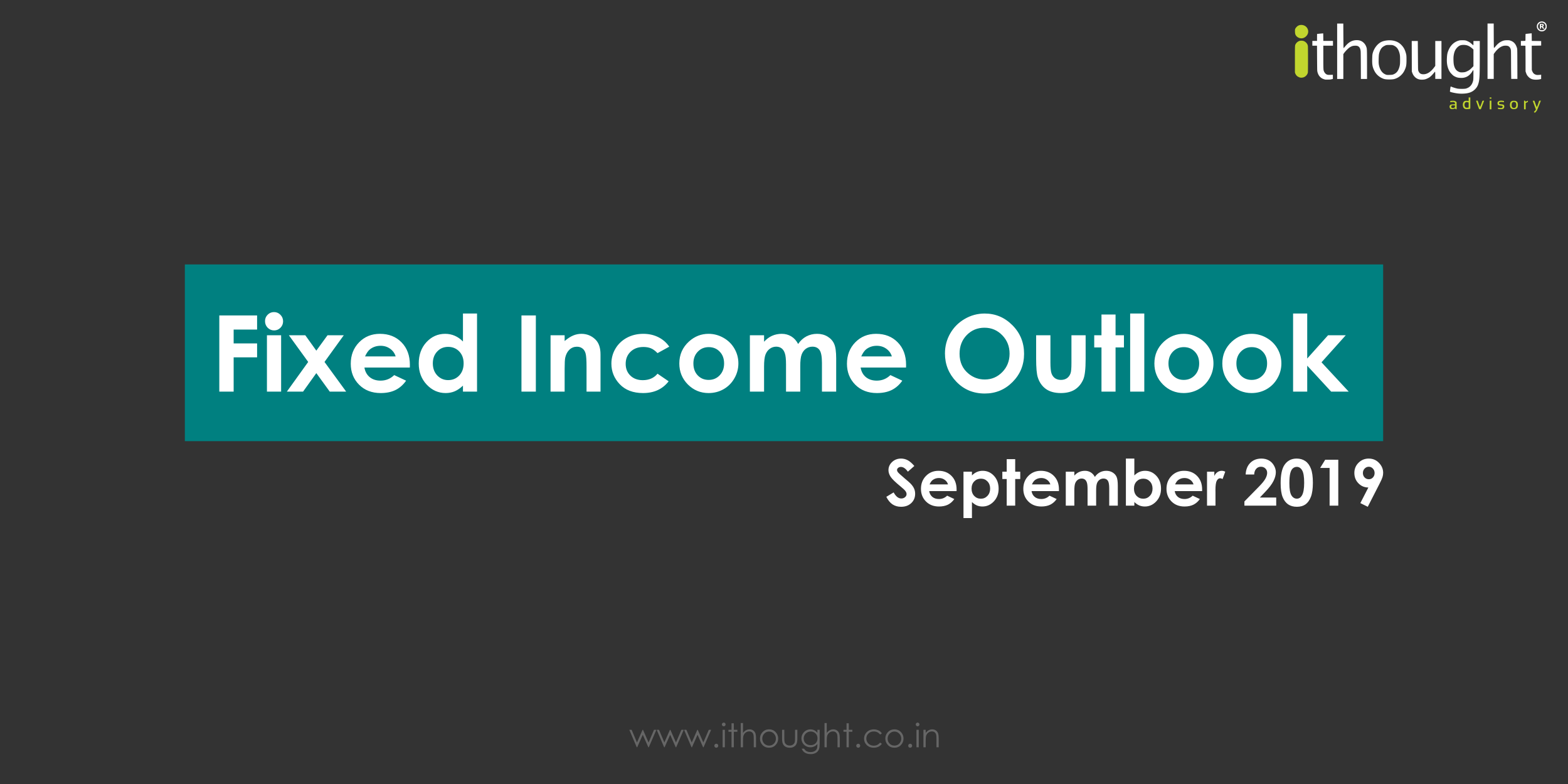
Falling Interest Rates
The Repo rate is the rate at which the Reserve bank Of India lends to the banks. Reduction in Repo rate effect reduces the cost of borrowing across the economy and spur credit growth. Over the past four Monetary Policy Committee (MPC) meetings, the repo rate has been reduced from 6.5% to 5.4 %, This represents a 1.1% cut.
Rate Transmission
Rate Cuts are effective only when the end customer is benefited. Banks and financial institutions must continuously transmit prevailing rates. To ensure effective transmission, the RBI has made it mandatory for banks to link their lending rates to an external benchmark. The benchmark could be the repo rate, the three-month treasury bill, the six-month treasury bill and any other benchmark rates produced by the Financial Benchmarks India. This measure will accelerate rate transmission and ensure credit growth in the economy.
GDP Growth
GDP growth for the April – June quarter came in weaker than expected at merely 5%. This ignited the fears of a slowdown in the economy. Fiscal policy (through government initiatives and reforms) and monetary policy (through RBI actions) need to work hand in hand to revive economic growth. In the past month, the finance minister has announced reforms that address the liquidity crunch in the financial sector, MSMEs, automobile industry slowdown, exports and housing sector slowdown.
October MPC
The next Monetary Policy Committee meeting is scheduled in the first week of October. Considering weak first-quarter GDP growth numbers, inflation below the RBI’s mandated 4%, and an accommodative monetary policy stance, it is safe to assume that further rate cuts are on the cards. The RBI will try to spur growth as much as possible by reducing the cost of borrowing and transmission of rates.
Global Situation
It is not only India that is going through a slowdown. Globally, negative interest rates are the norm. Presently, in the global bond market, more than 14% of bonds are yielding negative interest rates. This constitutes much of the Eurozone and Japan. This validates the views that the central banks of the world pushing their respective banks in their countries to lend more freely and improve credit and economic growth.
Investment Strategy
As you might have inferred from the above, return expectations from debt have moderated from a year ago. The FD rates have progressively declined in the past few months. It is wise for conservative investors to moderate return expectations from fixed-income investments in the near term.
There may be some ways to aim for better returns from debt. This will involve calibrated risk – in the form of duration, credit, or diversification. Duration calls have the potential to deliver mark to market gains as interest rates fall. This strategy should be played with a clear exit strategy. There is still a high amount of fear in the market with respect to credit. As always Quality over yields matters in this space. The third option is to diversify a part of your capital into other asset classes. When resorting to this, it is important to evaluate the risk-reward trade-off and liquidity.
As an informed investor this is an opportunity to act on. Schedule a discussion with our advisors to make a smart investment allocation today!